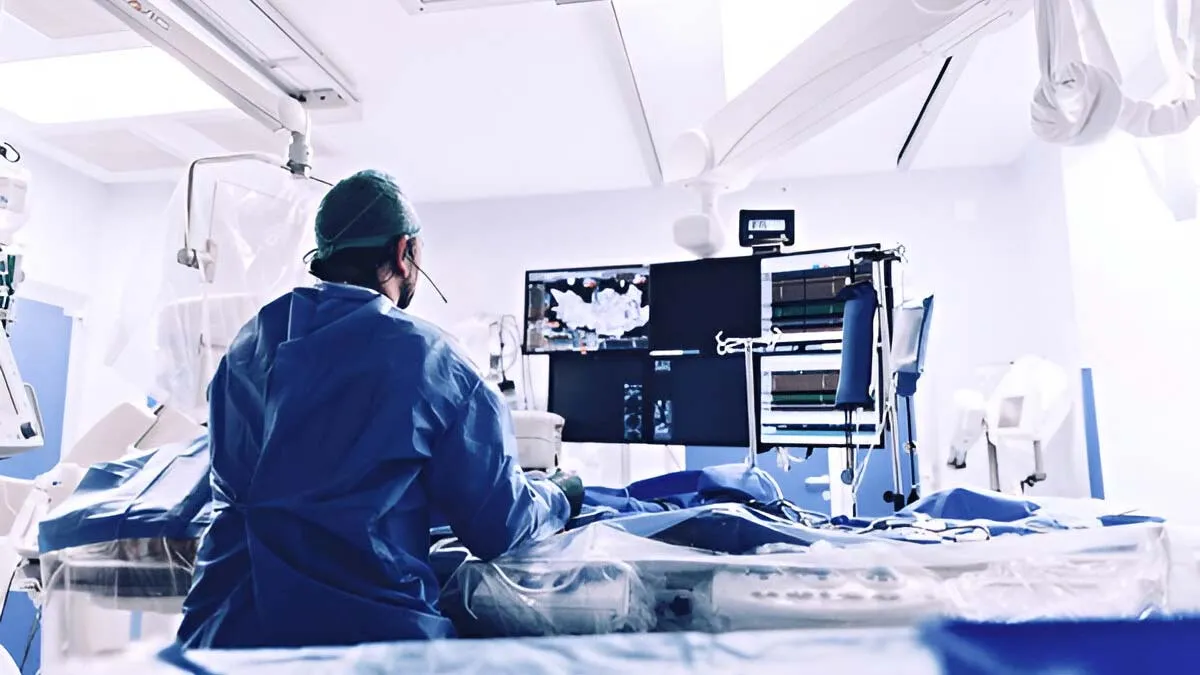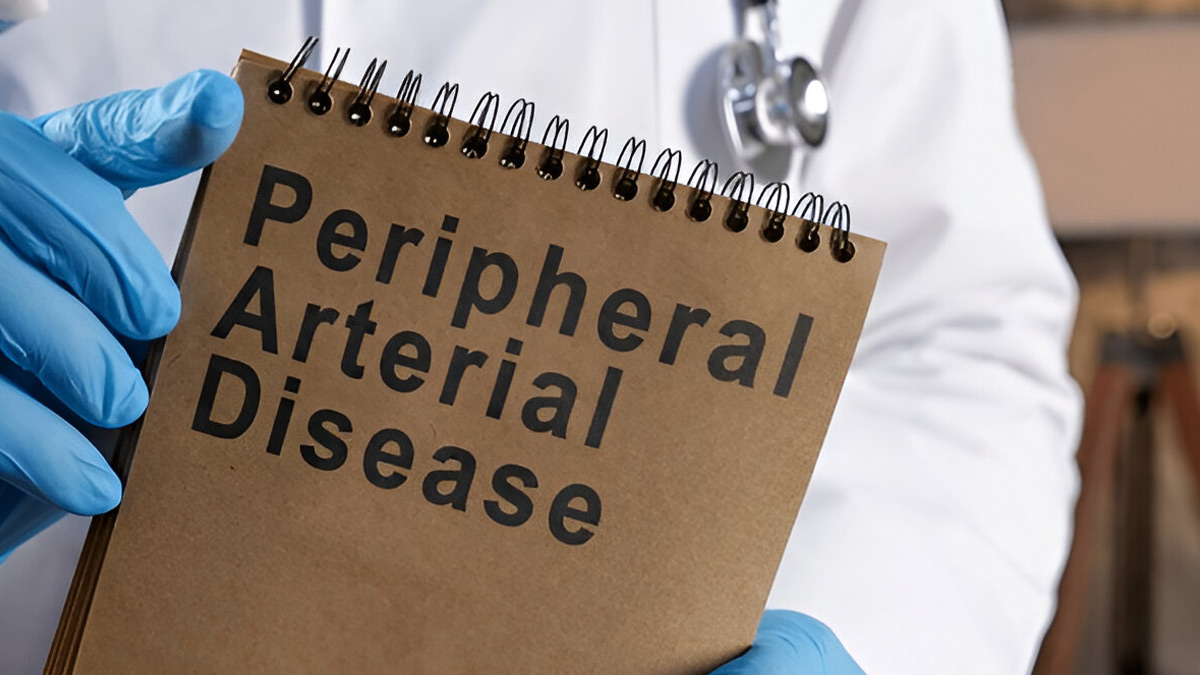
For most people,the term 'treatment' still evokes images from the operating theater: gowns, lights, scalpels, stitches, and weeks in recovery. But medicine has quietly moved ahead, and today, many health problems can be treated in a way that’s far simpler, safer, less painful, and quicker.
Table of Content:-
This is possible through Interventional Radiology (IR), a lesser-known yet powerful medical field that uses tiny instruments guided by scans to target problem areas with incredible precision.
We spoke to Dr Naveen Chandrashekar, Consultant - Interventional Radiologist, Gleneagles BGS Hospital, Kengeri, Bengaluru, who explained the treatment procedure, its benefits, and when it is most effective.
What Is Interventional Radiology?

IR may sound complex, but it is simple at its core: using imaging technologies like ultrasound, CT scans, or fluoroscopy to guide tiny instruments through a pinhole, rather than a scalpel, inside the body.
These procedures are different from traditional surgeries. “There’s no large cut, no hospital stay in most cases, and little downtime. Think of it as the 'keyhole surgery' of the future, but even smaller and more precise. Despite being around for decades, IR is only now starting to enter public awareness, especially as patients seek out treatments that are effective and gentle on the body,” explained Dr Chandrashekar.
How Does It Work?
“A thin tube, called a catheter, is inserted through your wrist or groin. Using live imaging, the doctor carefully guides it through your blood vessels, straight to the tumour. Treatment is then delivered precisely where it's needed, eliminating the need for large cuts or lengthy hospital stays.That's the power of IR,” added Dr Chandrashekar.
The precision comes from the real-time images. Because we use imaging to guide every move, we can go exactly where we need to, no more, no less. As a result, there are fewer complications and faster recovery.
Which Conditions Can Be Treated Without Surgery?
Here are some ways IR can treat health conditions:

- Uterine Fibroid Embolisation (UFE): A non-surgical treatment that shrinks fibroids by blocking their blood supply. It's a miracle for women who want relief without removing their uterus or spending months recovering.
- Liver and Kidney Tumours: Treatments, such as radiofrequency ablation or Transarterial Chemoembolisation (TACE) are used to kill malignancies from inside the body, sparing open surgery. RFA, for example, is a treatment option for hepatocellular carcinoma and liver metastases when resection is not possible, as per a 2013 study.
- Varicose Veins: IR provides treatments, such as Endovenous Laser Therapy (EVLT) that close defective veins with laser fibre, no incisions, scars, and hospital stay.
- Peripheral Artery Disease: We can reopen blocked arteries in the legs using balloon angioplasty and stenting, improving blood flow and mobility.
- Drainage and Biopsy: From draining abscesses to conducting accurate biopsies, IR delivers safer, image-guided methods that do less harm to the body.
Why Patients Choose Minimally Invasive First
Patients today differ from those a decade ago. They are better informed, more involved in their healthcare decisions, and increasingly demanding less invasive options.
And it's not all about convenience. IR offers numerous benefits, including reduced risks, less bleeding, lower infection rates, minimal scarring, and a quicker return to daily life and work. Many people expect to be treated on Friday and back at work by Monday.
“One of my patients, a 45-year-old schoolteacher with large uterine fibroids, told me after her UFE procedure, I wish someone had told me about this earlier. I avoided surgery, kept my uterus, and didn’t miss more than a few days of school,” shared Dr Chandrashekar.
Also Read: Less Pain, More Relief: The New Era Of Fibroid Treatment Through Intervention Radiology
The Catch? Awareness Still Has a Long Way to Go

Despite its clear benefits, IR isn’t always the first option discussed. Many patients don't discover IR until they've seen multiple specialists or scoured the internet for alternatives. “Part of the reason is that IR sits at the crossroads of radiology and surgery, a crucial crossroads that's often overlooked in traditional hospital settings. As doctors, we need to do a better job of educating patients that less invasive doesn’t mean less effective. In fact, for many conditions, it’s the preferred first-line treatment,” added Dr Chandrashekar.
Who Should Consider Interventional Radiology?
If you’ve been diagnosed with a condition that traditionally calls for surgery, it’s worth asking your doctor if a minimally invasive alternative exists. IR is especially suitable for people who:
- Want to avoid general anaesthesia
- Have medical conditions that make surgery risky
- Need faster recovery due to work or family demands
- Those seeking organ-preserving options
Bottomline
Dr Chandrashekar concluded, “The scalpel will always have its place in medicine. But in an age where we can treat tumours without opening the body, it’s time for more patients to know that options like IR exist, and they’re not the future anymore. They’re already here. So the next time you're told you 'need surgery,' ask: Is there a less invasive way? You just might find healing without the hospital bed.”
[Disclaimer: This article contains information provided by an expert and is for informational purposes only. Hence, we advise you to consult your professional if you are dealing with any health issue to avoid complications.]
Also watch this video
How we keep this article up to date:
We work with experts and keep a close eye on the latest in health and wellness. Whenever there is a new research or helpful information, we update our articles with accurate and useful advice.
Current Version